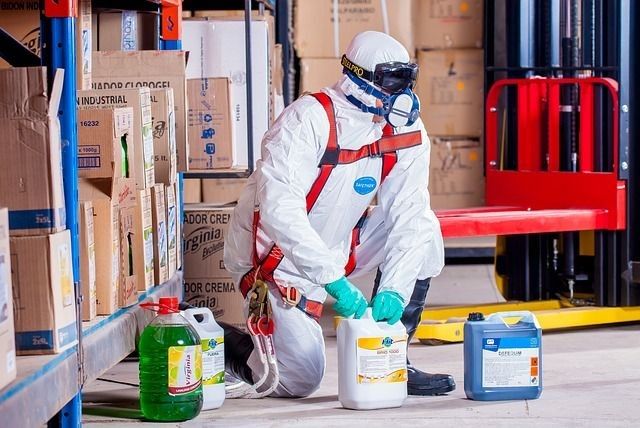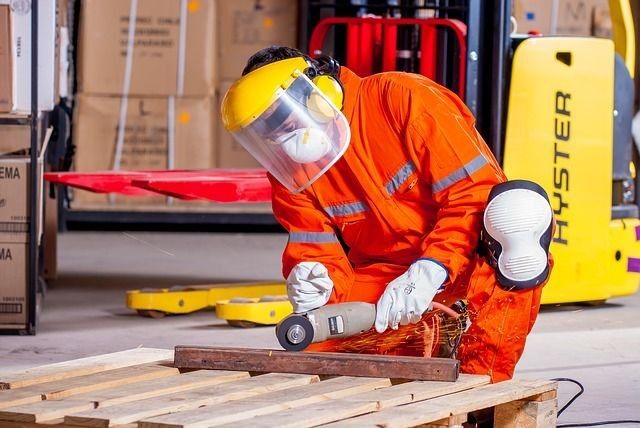Personal Exposure Monitoring
WHAT IS AIR SAMPLING?
Workers face a number of potential hazards at work on a daily basis. Airborne hazards such as respirable dusts, gases, and vapours from highly toxic substances are derived from workplace processes such as welding, mining, chemical manufacture, car painting etc. These airborne hazards put workers at risk of developing serious respiratory diseases. Air sampling measures hazardous airborne contaminants in the workplace which helps us to determine how much highly toxic substances workers are exposed to in their everyday work.
RESPONSIBILITY:
“A PCBU must ensure that a person at the workplace is not exposed to a concentration of a class 6 substance that exceeds the prescribed exposure standard (if any) for that substance”
-Reg 13.18 Health and Safety at Work (Hazardous Substances) Regulations 2017'
“A PCBU with management or control of a workplace must ensure that no person at the workplace is exposed to a substance hazardous to health in a concentration that exceeds the prescribed exposure standard for the substance”.
- Reg 29 Health and Safety at Work (General Risk and Workplace Management) Regulations 2016
Air sampling must be carried out to determine if the concentration of a substance hazardous to health at the workplace exceeds the relevant prescribed exposure standard.
The PCBU has a primary duty to monitor worker exposure as far as is reasonably practicable if exposure to a particular health risk warrants it.
Air sampling can be under take for a variety of reasons, for example:
- Determining compliance with respect to various recommended occupational health exposure limits, such as workplace exposure standards (WES);
- Determining exposures in response to complaints or compliance orders;
- To assess whether the work controls in use are managing a risk effectively, such as ventilation and other engineering controls.
IMPLEMENTING RESULTS:
Determining the level of worker exposure to hazardous substances is the first step in protecting workers. The results you get from air sampling can be used to determine the type of controls that are need to protect your workers health, this may include:
- The installation of ventilation, or fume hoods;
- Respiratory Protective Equipment (RPE), such as respirators and breathing apparatus (BA);
- Substitution of the hazardous substance for a less hazardous or non-hazardous alternative;
- Other engineering controls.
Site assessment & sampling plan:
- This is the most important step, understanding your work process will enable us to obtain truly representative samples, therefore giving an accurate indication of what your workers are potentially being exposed to,
- The assessment helps us determine number of sample days, where and who to sample.
- Sampling and testing is carried out in accordance with approved OSHA, NIOSH analytical methods,
- Sampling is carried out using our top of the range personal air monitoring sampler,
- Testing is carried out by an external accredited laboratory.
- Detailing the objectives, sampling plan, results and how the results compare to occupational health exposure limits, such as workplace exposure standards (WES).
Contact us
E-mail: info@qec.co.nz
Phone: 07 827 0075
Fax: 07 827 0076



